-
£19.99

The Low Down on Pyoderma
- August 24, 2023
- 5 mins
Here at My Pet Nutritionist, we see a lot of worried puppy parents, struggling with pyoderma. Skin conditions are a very common topic at MPN HQ, so let’s take a dive into pyoderma, what it is, what causes it, and how to support the body with it.
Pyoderma can happen at any age, but is particularly common in puppies – known as puppy pyoderma. Pyoderma can spread between humans and dogs, so it’s important to clean your hands thoroughly when you touch the affected areas on your dog.
Findings Here
Findings Here
Items in the environment can also contribute to the onset of pyoderma; the biggest culprit being dog bowls! Plastic bowls are particularly good bacterial breeding grounds because they scratch very easily (even if you cant see the scratches to the naked eye), which leaves crevices which are difficult to fully clean, allowing for bacterial growth. When the dog touches the bowl, the bacteria rubs onto the skin, causing pyoderma.
An unhealthy gut is also a huge contributing factor to the overcolonisation of bacteria, which can cause pyoderma. 70-80% of the immune system lays in the gut. When the gut is damaged, through the use of chemicals, pest control pharmaceuticals, poor diet or ingredients, or any other cause of gut damage, this can have a severe effect on the body’s ability to get rid of the over-colonised bad bacteria. This leaves the dog more vulnerable to pyoderma.
Secondary infection is also one of the major causes of pyoderma. It can be a secondary infection arising from a poor skin barrier, poor gut flora, intolerences to food, and contact allergies from the environment. As well as these common health complaints, there is also a genetic mutation called the Fillagrin mutation – this is much like eczema in humans.
Findings Here
Breed predisposition may also be a factor in the onset of pyoderma, however more research in this field is needed. Breeds thought to be at higher risk of pyoderma include:
Read more about genes and skin health here!
Finally, stress could contirbute to a dog getting pyoderma. Just like in us humans, stress-spots are very much possible. This is down to the skin having developed it’s own HPA axis. When the body is under stress, the adrenal glands release, and flood the body with stress hormones. This sudden burst of hormones can cause pyoderma to form on the skin.
Read more about the skin’s HPA axis here!
Avoid plastic bowls, and be cautious using ceramic bowls, due to the ease of cracking of the glaze, which could then harbor bacteria.
Feed a fresh diet where possible – dry food is very drying on the gut, and often contains ingredients that can contribute to Leaky Gut. Fresh food, whether it’s raw or cooked using one of our recipes balanced to FEDIAF, is high in moisture, so is better for the gut.
Avoid using worm and flea pharmaceuticals – these act a lot like paint stripper on the gut, and contain damaging ingredients, not to mention the risk of seizures, ataxia, and other nasty side effects.
Don’t over-vaccinate! The adjuvants used in vaccinations can be detrimental to gut health due to the content of heavy metals.
Use a probiotic, and if needed, a mucilage herb. Our product Gut Gurdian is a great choice, combining three mucilage herbs, calming chamomile, and some good quality soil based probiotics.
Fidnings Here
If your dog has recurring pyoderma, we would encourage you to book in with one of our team for a consultation, and personalised wellness plan.
Team MPN x
What is Pyoderma?
The word pyoderma, literally translates to ‘pus in the skin’ (‘pyo’ = pus, ‘derma’ = skin). The condition presents as acne-like spots on the skin, often in the chin area, and around the lips. Pyoderma is a bacterial skin infection, the most common bacteria affecting it being Staphyloccocus intermedius. When there is too much of a specific bacteria present on the skin, the risk of pyoderma is significant.Pyoderma can happen at any age, but is particularly common in puppies – known as puppy pyoderma. Pyoderma can spread between humans and dogs, so it’s important to clean your hands thoroughly when you touch the affected areas on your dog.
Findings Here
Findings Here
Causes of Pyoderma
A common contributing factor of pyoderma is environment. Dogs living in warm, humid environments may be at a higher risk than those living in cool, dry environments. Humidity and warmth are essential for bacterial growth.Items in the environment can also contribute to the onset of pyoderma; the biggest culprit being dog bowls! Plastic bowls are particularly good bacterial breeding grounds because they scratch very easily (even if you cant see the scratches to the naked eye), which leaves crevices which are difficult to fully clean, allowing for bacterial growth. When the dog touches the bowl, the bacteria rubs onto the skin, causing pyoderma.
An unhealthy gut is also a huge contributing factor to the overcolonisation of bacteria, which can cause pyoderma. 70-80% of the immune system lays in the gut. When the gut is damaged, through the use of chemicals, pest control pharmaceuticals, poor diet or ingredients, or any other cause of gut damage, this can have a severe effect on the body’s ability to get rid of the over-colonised bad bacteria. This leaves the dog more vulnerable to pyoderma.
Secondary infection is also one of the major causes of pyoderma. It can be a secondary infection arising from a poor skin barrier, poor gut flora, intolerences to food, and contact allergies from the environment. As well as these common health complaints, there is also a genetic mutation called the Fillagrin mutation – this is much like eczema in humans.
Findings Here
Breed predisposition may also be a factor in the onset of pyoderma, however more research in this field is needed. Breeds thought to be at higher risk of pyoderma include:
- Spaniels (ususally lip fold pyoderma)
- Pekingese
- Pugs
- Boxers
- Bulldogs
- Shar Pei
Read more about genes and skin health here!
Finally, stress could contirbute to a dog getting pyoderma. Just like in us humans, stress-spots are very much possible. This is down to the skin having developed it’s own HPA axis. When the body is under stress, the adrenal glands release, and flood the body with stress hormones. This sudden burst of hormones can cause pyoderma to form on the skin.
Read more about the skin’s HPA axis here!
How to Prevent Pyoderma
Prevention of pyoderma is something that may be overlooked by many pet owners, but it can happen to any dog at any age, so it’s something to be mindful of.Using the Right Bowls
In order to reduce the risk of bacteria against the skin on the face, and around the mouth, we need to be mindful of the bowls being used for food and water. Glass (modern Pyrex is great, but avoid vintage Pyrex due to the potential for lead contamination!) bowls are a fantastic option, but beware if your dog is likely to pick it up and drop it. Stainless steel bowls are also a good option.Avoid plastic bowls, and be cautious using ceramic bowls, due to the ease of cracking of the glaze, which could then harbor bacteria.
Keeping the Gut Healthy
As previously mentioned, 70-80% of the immune system lays in the gut, so keeping the gut healthy is incredibly important. There are many avenues to keeping the gut healthy.Feed a fresh diet where possible – dry food is very drying on the gut, and often contains ingredients that can contribute to Leaky Gut. Fresh food, whether it’s raw or cooked using one of our recipes balanced to FEDIAF, is high in moisture, so is better for the gut.
Avoid using worm and flea pharmaceuticals – these act a lot like paint stripper on the gut, and contain damaging ingredients, not to mention the risk of seizures, ataxia, and other nasty side effects.
Don’t over-vaccinate! The adjuvants used in vaccinations can be detrimental to gut health due to the content of heavy metals.
Use a probiotic, and if needed, a mucilage herb. Our product Gut Gurdian is a great choice, combining three mucilage herbs, calming chamomile, and some good quality soil based probiotics.
Keeping the Skin Clean
Keeping skin clean and dry is very important – focusing on the chin and mouth area, wrinkles/folds in certain breeds, and armpits and groin areas. You may wish to use a hypochlorous based product, of topical probiotic product to clean with, such as Leucillin or Dew (Hypochlorous based), or Provilan LUCAA+ probiotic products. Ensure areas are thoroughly dried.Keep On Top of Allergies
Allergy symptoms usually include itching – constant itching of an area will irritate the skin, and leave it open to bacterial infections, especially in the hair follicles. It’s important to work on finding your dog’s triggers, and eliminating them.Keep the Environment Clean
Try to keep the dog’s living environment clean! A clean environment, means less risk of bacteria. Less bacteria in the environment, reduces the risk of transmission to a host.How to Support the Body
If your dog has pyoderma already, there are some things you can do to support the body through recovery. Let’s take a look at some of these!Work on Gut Health
As with prevention, healing the gut is very important, in order to strengthen the immune system. To battle pyoderma, we want to boost the immune system through gut healing with mucilage herbs, and probiotics. Probiotics will also help to out-compete the bad bacteria.Clean the Skin
Again, similarly to prevention, we need to keep the areas affected by pyoderma clean. Clean twice a day, and dry them thoroughly.Keep the Area Dry
Keeping the are dry is important to make the area less desirable to bacterial growth. Many pet owners achieve this using green, or bentonite clay, lightly dusted on the areas with a soft makeup brush. The minerals in clays are also very nourishing for the skin.Conventional Treatments
Veterinarians will usually prescribe internal antibiotics, as well as external antibiotics. Some of the more severe cases of pyoderma will require these, but it is important to remember to work on the gut following the use of antibiotics, in order to recolonise the gut, and strengthen the immune system.Fidnings Here
If your dog has recurring pyoderma, we would encourage you to book in with one of our team for a consultation, and personalised wellness plan.
Team MPN x
Customer Reviews
Explore related products
Explore Related Products
Related articles

Disease ManagementGeneral HealthGut HealthPuppySkin Health
How to Choose the Best Omega Oil for Pets
May 03 2024
•
12 mins 45 secs
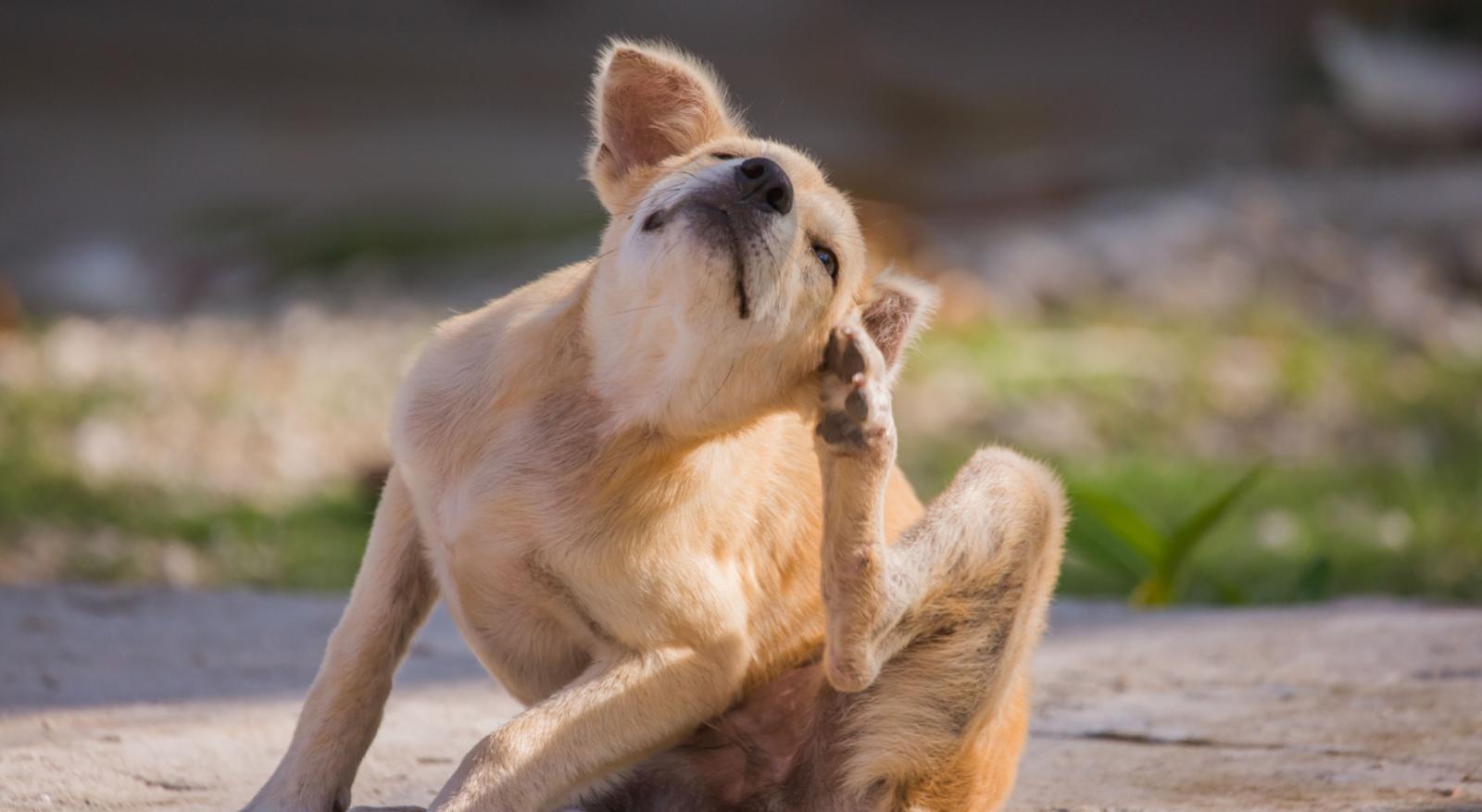
Disease ManagementGeneral HealthGut HealthPuppySkin Health
The Low Down on Furunculosis
Nov 09 2023
•
10 mins 45 secs
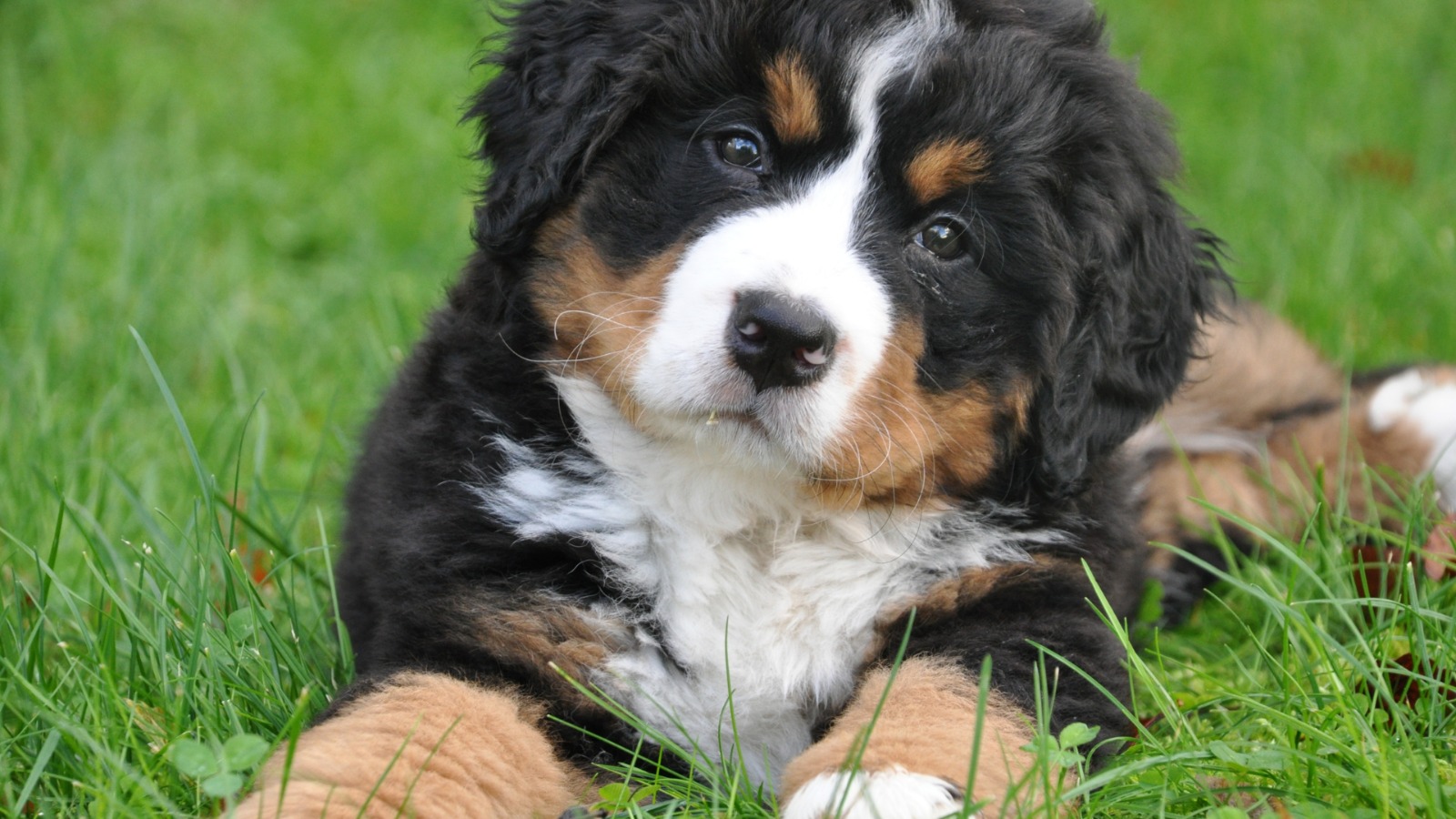
Disease ManagementGeneral HealthGut HealthPuppySkin Health
How to Help My Yeasty Dog
Oct 26 2023
•
10 mins 30 secs
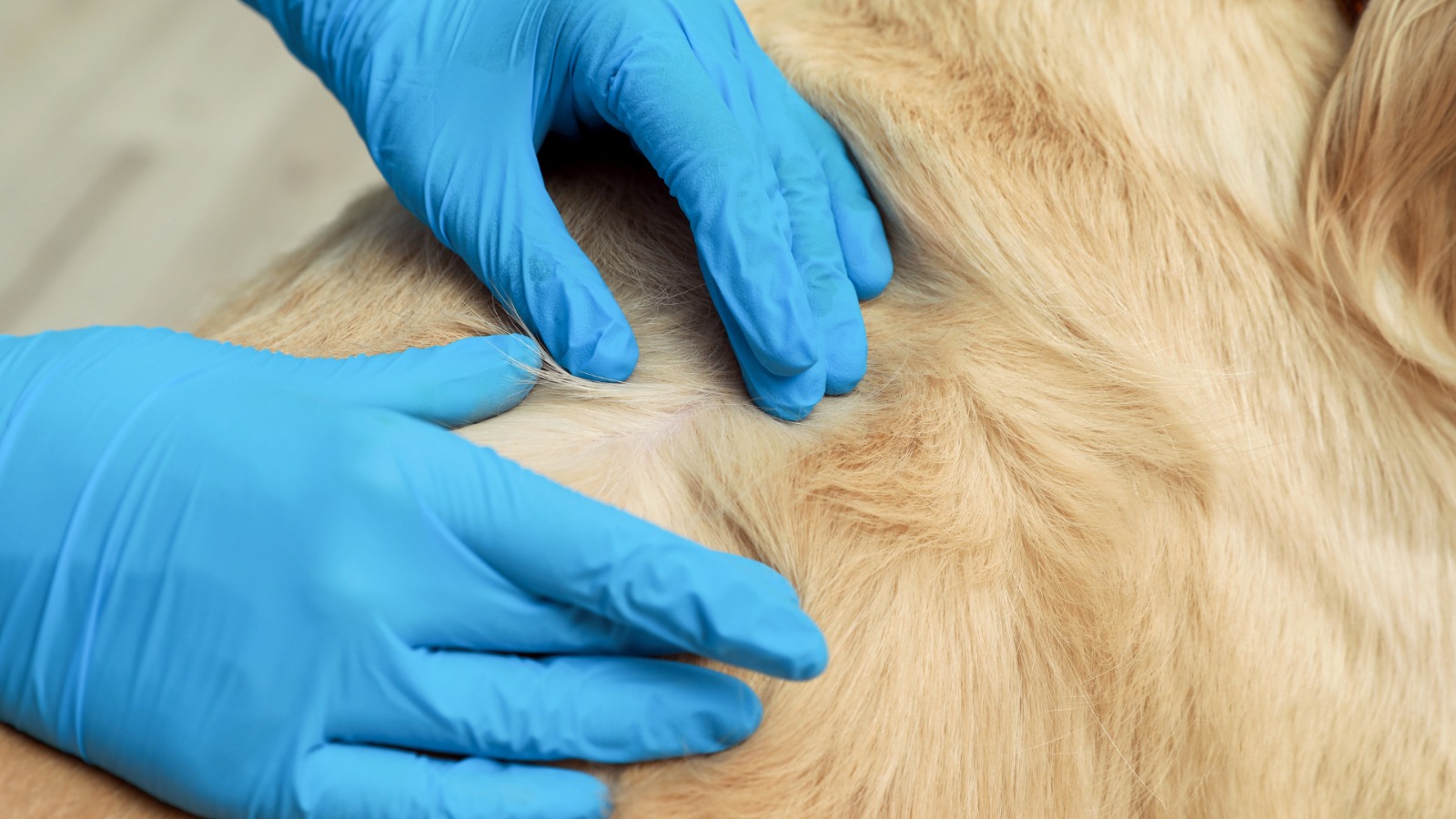
Disease ManagementGeneral HealthGut HealthPuppySkin Health
The Low Down on Keratosis
Oct 05 2023
•
4 mins 45 secs
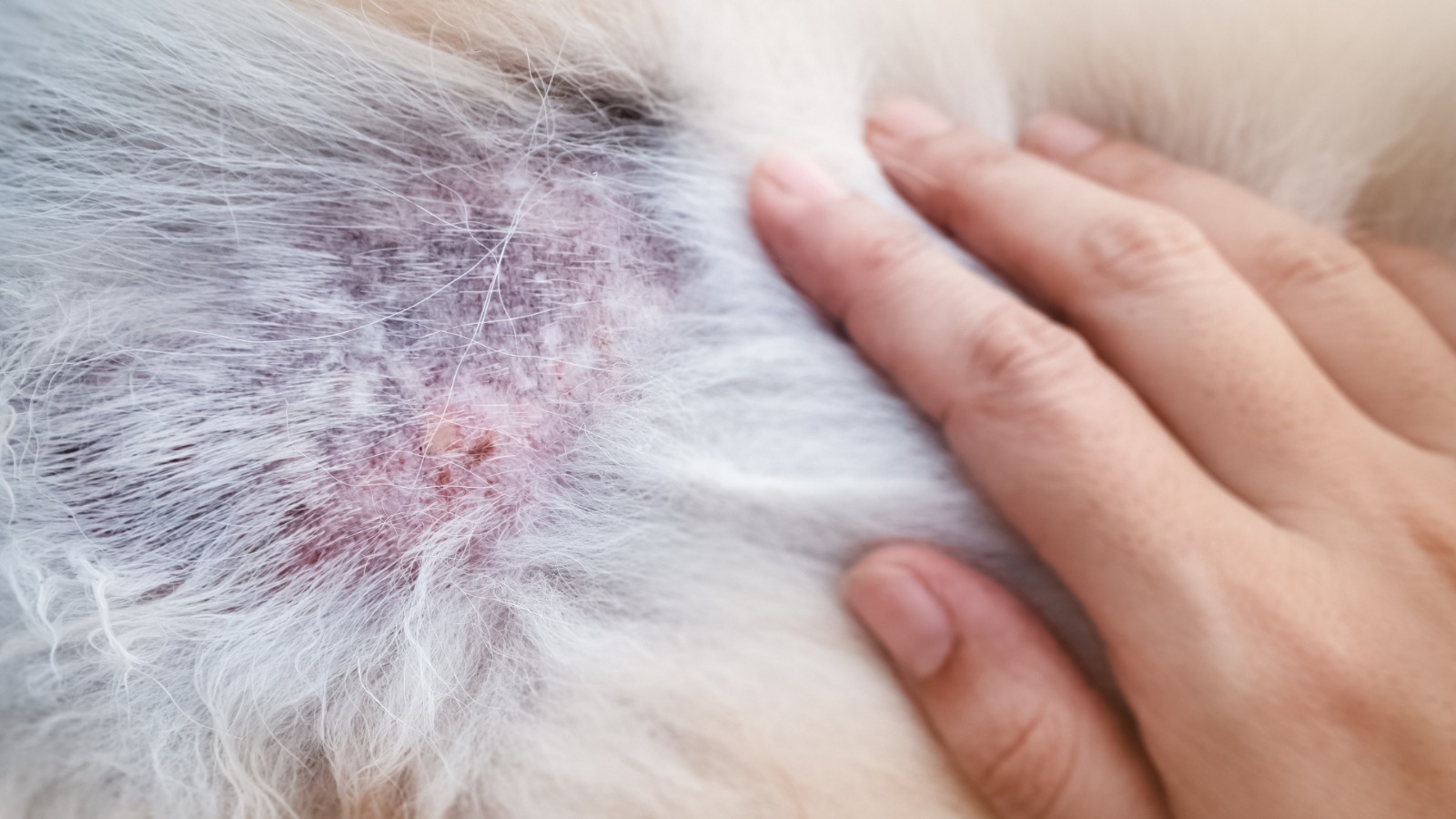
Disease ManagementGeneral HealthGut HealthPuppySkin Health
Hotspots: What’s Causing Them, and How To Help
Sep 14 2023
•
6 mins 20 secs
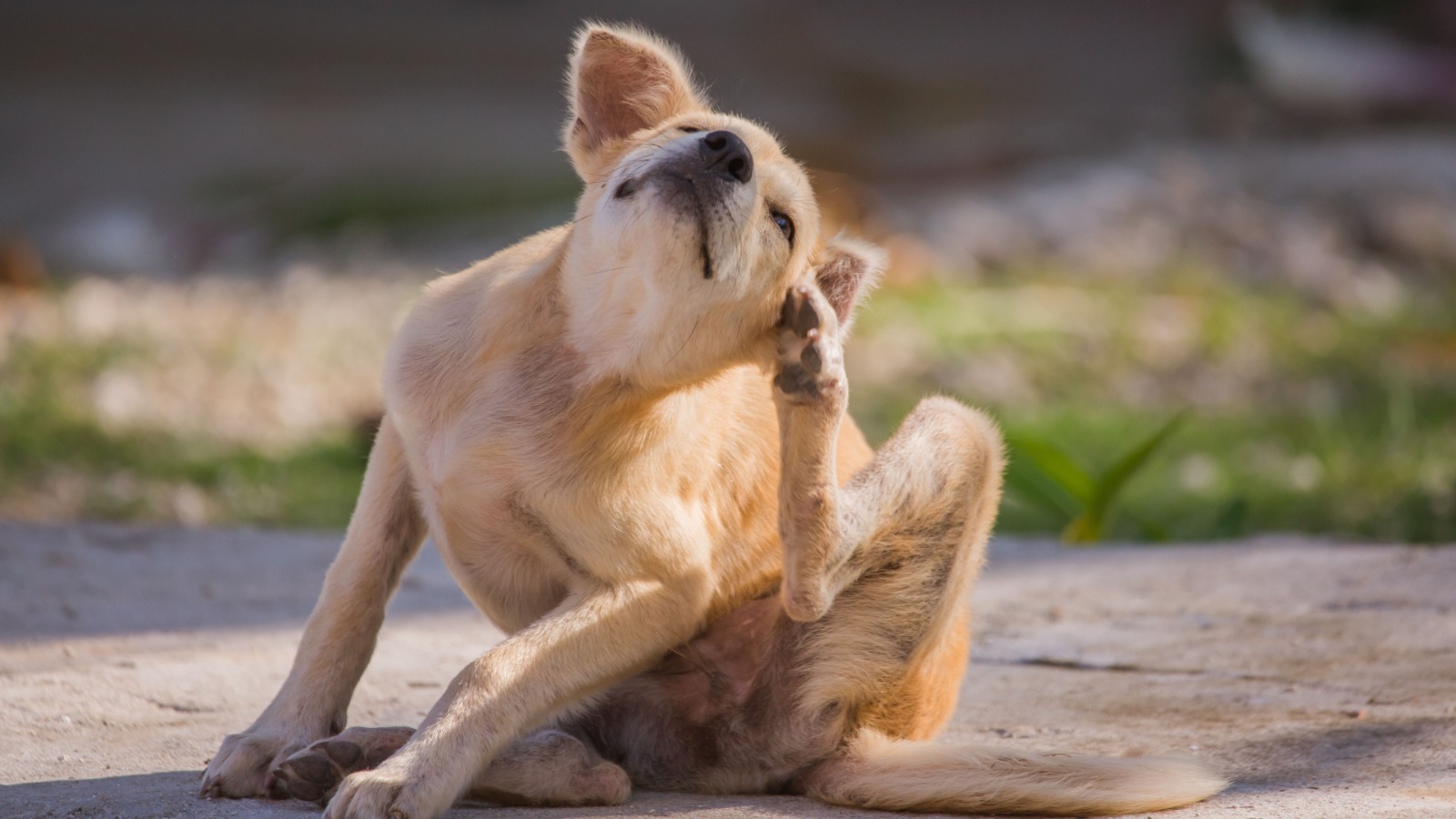
Disease ManagementGeneral HealthGut HealthPuppySkin Health
The Low Down on Pyoderma
Aug 24 2023
•
5 mins
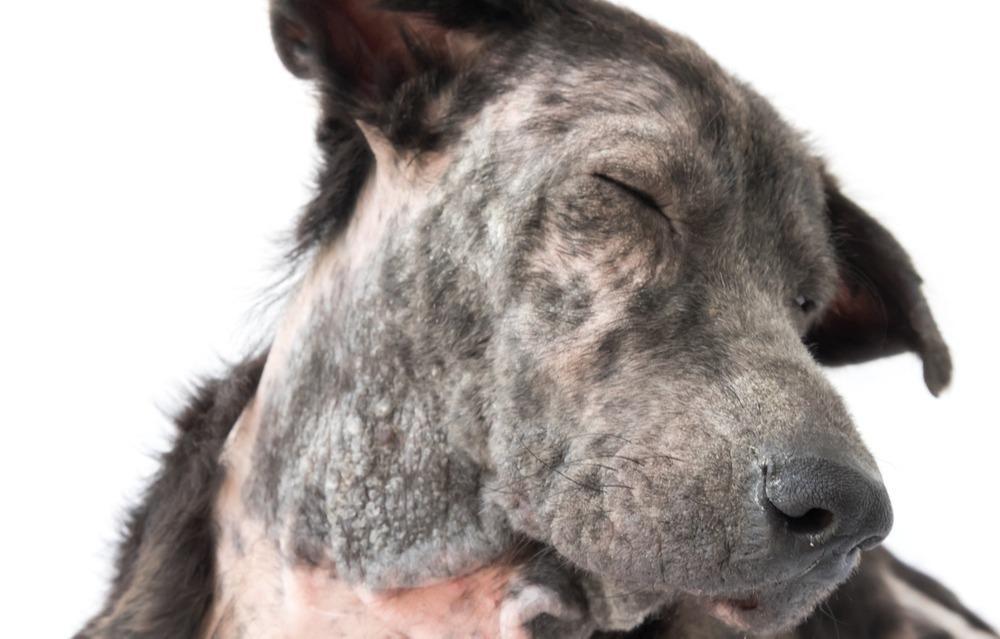
Disease ManagementGeneral HealthGut HealthPuppySkin Health
5 Reasons for Alopecia in Pets
Nov 16 2022
•
4 mins 30 secs
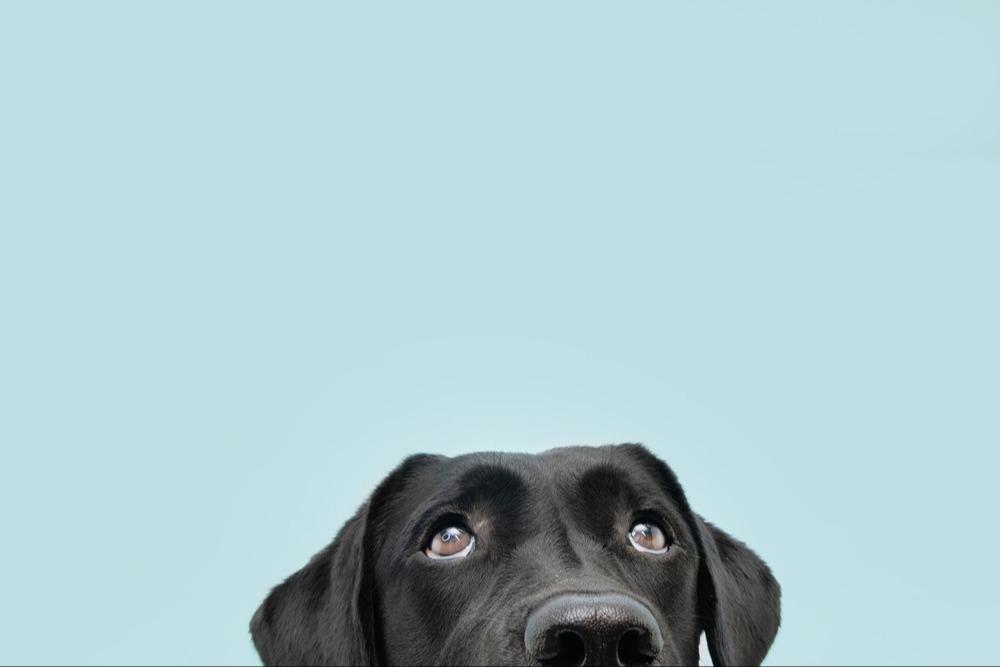
Disease ManagementGeneral HealthGut HealthPuppySkin Health
Does My Pet’s Skin Have Its Own HPA Axis?
Sep 12 2022
•
6 mins

Disease ManagementGeneral HealthGut HealthPuppySkin Health
Things To Think About: Skin Health in Dogs
Aug 01 2022
•
7 mins 30 secs

Disease ManagementGeneral HealthGut HealthPuppySkin Health
Nutrients for Skin Health in Dogs
Jul 04 2022
•
3 mins 29 secs

Disease ManagementGeneral HealthGut HealthPuppySkin Health
Could My Dog’s Coat Type Contribute to Skin Issues?
Jun 16 2022
•
7 mins
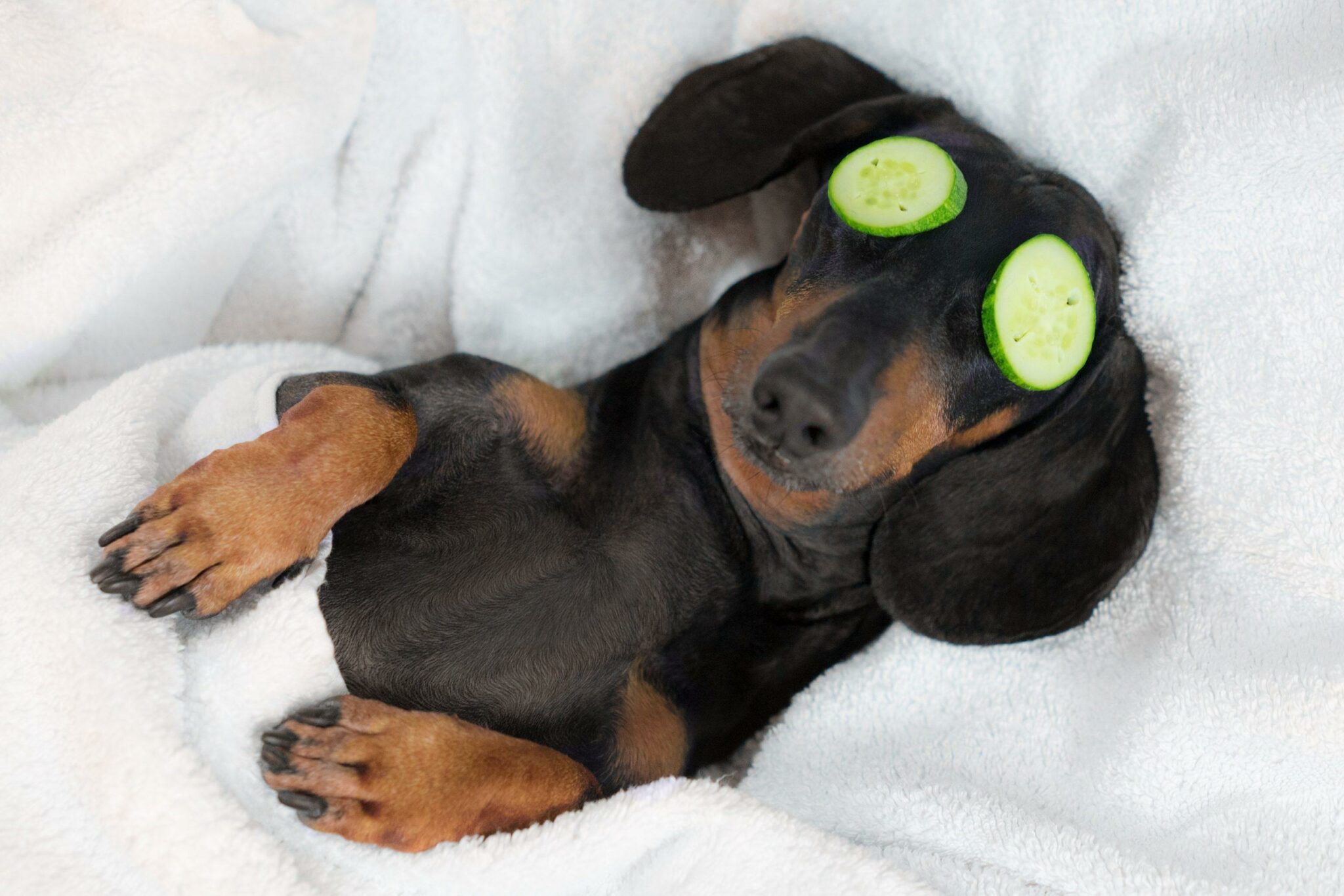
Disease ManagementGeneral HealthGut HealthPuppySkin Health
Does My Dog Have A Gut-Skin Axis?
Feb 14 2022
•
4 mins 48 secs
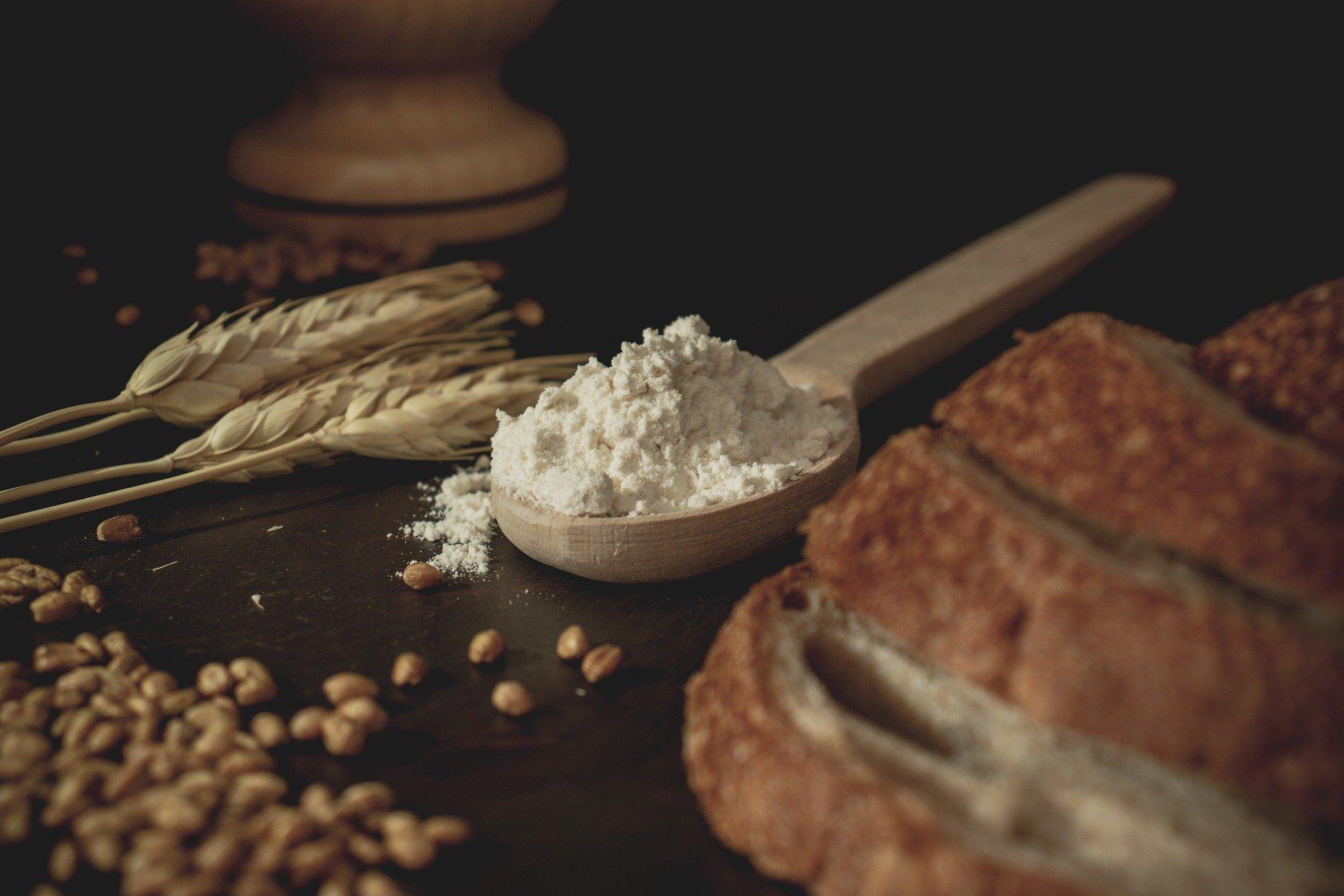
Disease ManagementGeneral HealthGut HealthPuppySkin Health
Does My Dog Need a Grain Free Diet?
Oct 15 2021
•
5 mins 46 secs
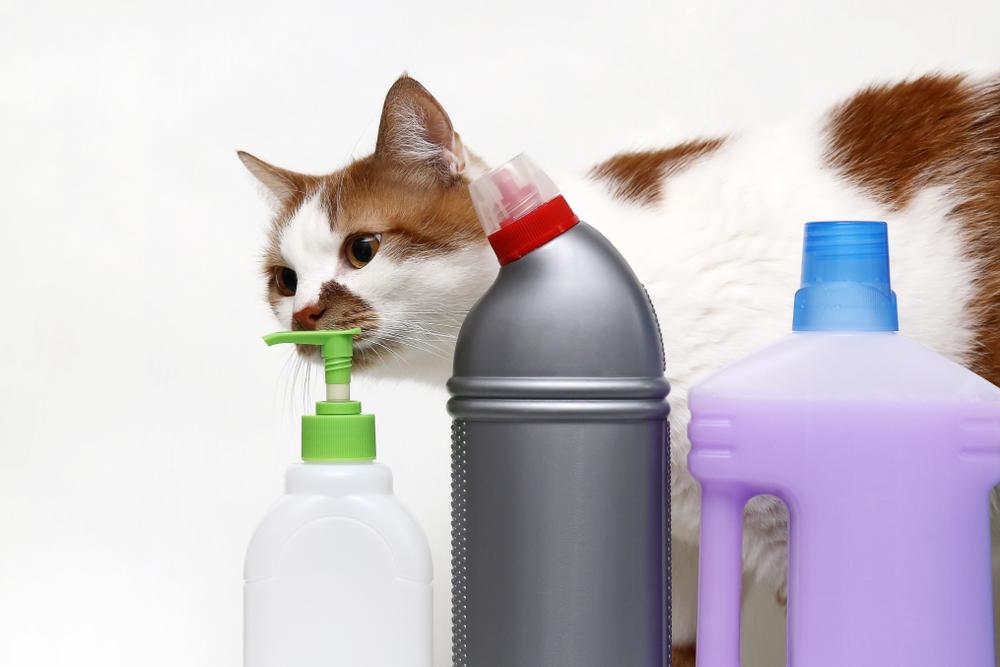
Disease ManagementGeneral HealthGut HealthPuppySkin Health
The Struggle of the Cat in our Toxic World
Mar 09 2021
•
8 min read
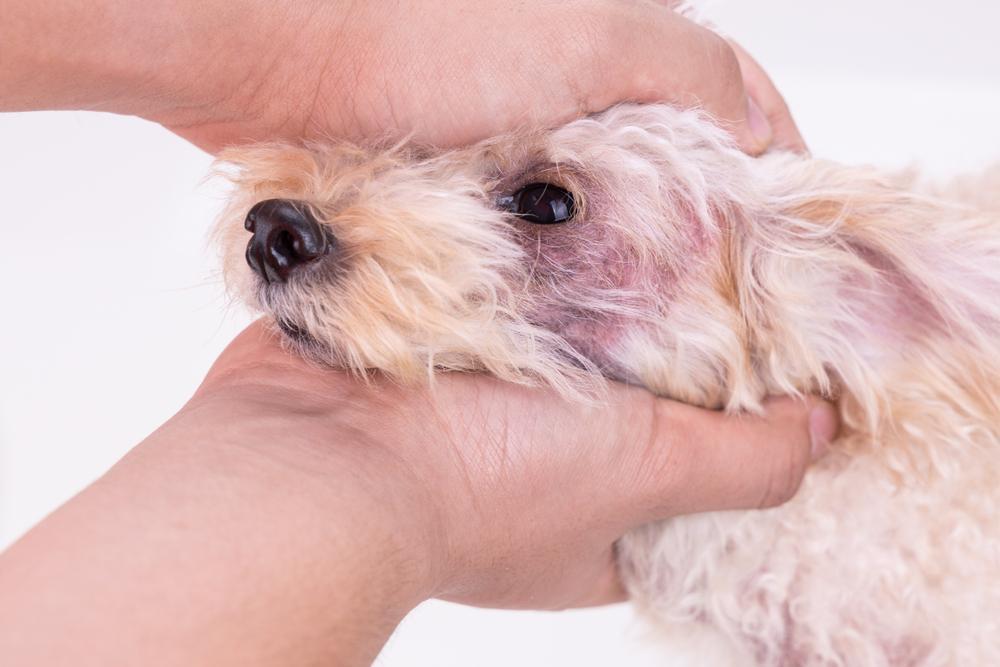
Disease ManagementGeneral HealthGut HealthPuppySkin Health
Can Genes Result in Poor Skin Function?
Mar 03 2021
•
8 min read
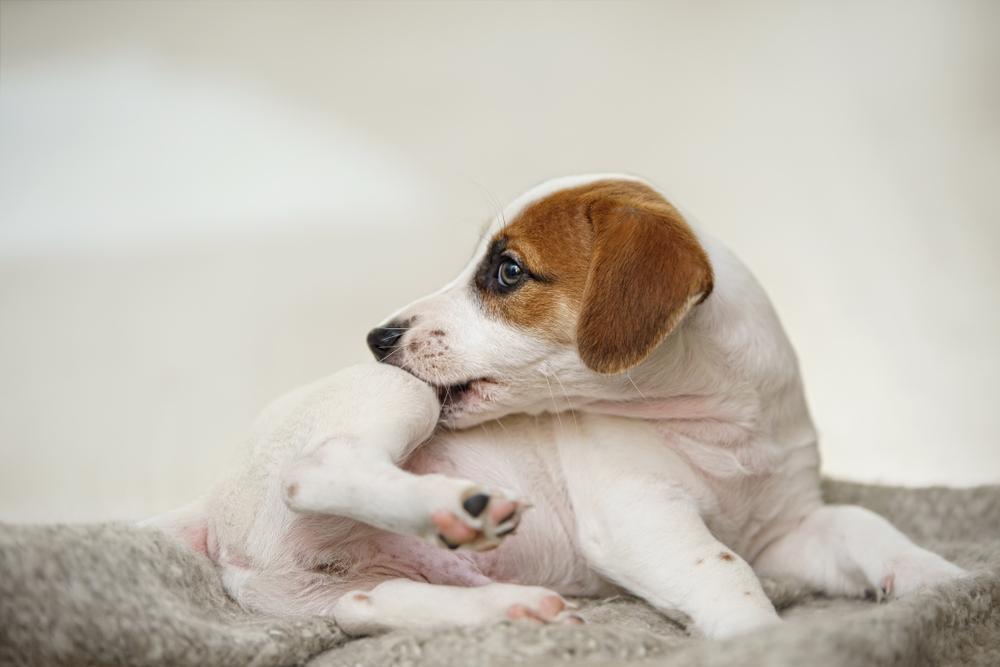
Disease ManagementGeneral HealthGut HealthPuppySkin Health
5 Top Tips for Skin Health in Your Dog
Dec 08 2020
•
9 min read
✕







